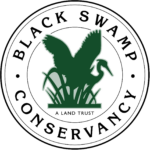Exploring the newest and largest Conservancy project, it’s easy to imagine Ohio’s first residents enjoying this pristine and beautiful region. A narrow, sandy beach on Lake Erie’s coastline extends as far as we can see. On an early spring day, we hear migratory warblers singing in a strand of trees that make a boundary between the beach and the expanse of wetlands. The wetlands are wide and gleaming with a rich, earthy scent, dotted with hummocks and full of life.
This remarkable property is the Toussaint Shooting Club, and it is a very rare and valuable new conservation project for Black Swamp Conservancy. With more than 1,100 acres of coastal marsh on more than a mile of Lake Erie shoreline, this property is the second-longest stretch of undeveloped shoreline left unprotected on Lake Erie. But even these impressive numbers don’t tell the whole story.

As we walk the site to gather data for the Baseline Documentation Report, I notice nests of both ospreys and bald eagles. These fish-eating raptors compete for resources and do not co-colonize. That they are both nesting and thriving here shows the value of a large property and illustrates that it is prime habitat. Beaver dams are also apparent in the marsh – another sign of a healthy ecosystem.
Preserving this property safeguards this home for migrating birds that are passing through, and for seasonal birds that nest and reproduce here. There are 41 endangered and threatened plants and animals that have been recorded here, including wading birds like the cattle egret and snowy egret, American bittern, black-crowned night heron, and the majestic sand hill crane, which can have a wingspan of seven feet. Swimming birds include the trumpeter swan and green-winged teal. In addition to the bald eagles and ospreys, the property is home to the endangered northern harrier.

“It is a privilege to be working with the Toussaint Shooting Club to permanently preserve their spectacular property. The ecological value of this site cannot be overstated.”
– Elisabeth Anderson, Conservation Associate, Black Swamp Conservancy
The large amount of contiguous marsh on the lakeshore is vital to efforts to restore the waters of Lake Erie. Marshes like this allow pollutants to filter through the soil where they are naturally treated. The broad wetlands also capture and retain sediment that may be carrying phosphorus and other nutrients, which we know contribute to the overgrowth of harmful and sometimes dangerous algae. In a healthy, functional marsh, these nutrients become biomass and are incorporated by the habitat. Rusha Creek and the Toussaint River run through the Toussaint Marsh. These waterways carry stormwater and agricultural runoff, and the marsh acts as a natural filter for those waters. The marshland also serves as a buffer during storms, holding water to prevent flooding and erosion.
This property would be valuable to the health of Lake Erie all by itself, but it is part of a much larger protected lake habitat region. It is adjacent to the Ottawa National Wildlife Refuge and close to Cedar Point National Wildlife Refuge, Magee Marsh, Howard Marsh, and Maumee Bay State Park – all together totaling more than six thousand acres. The entire region is a growing ecotourism destination for birders and fishermen, helping to fuel our local economy.


